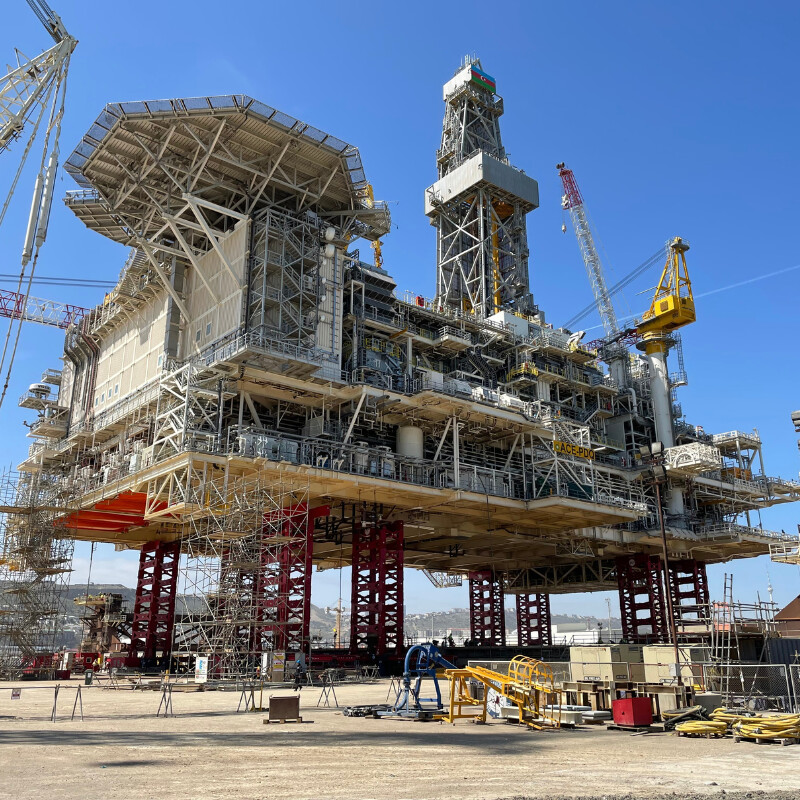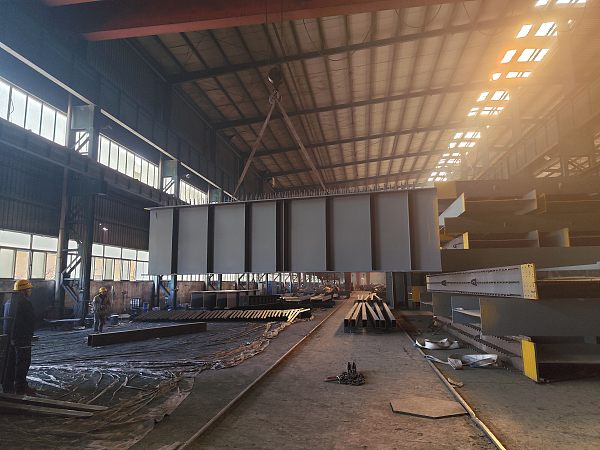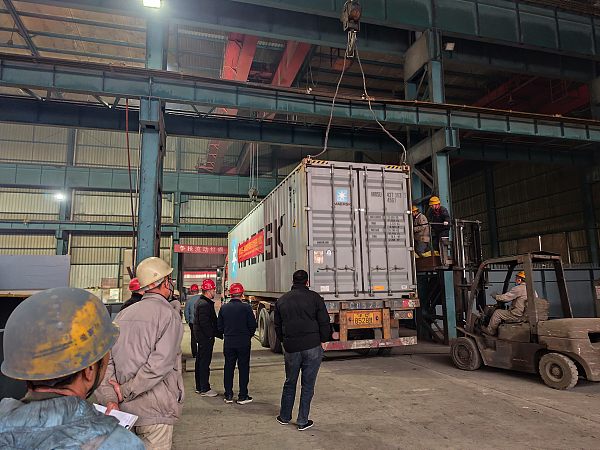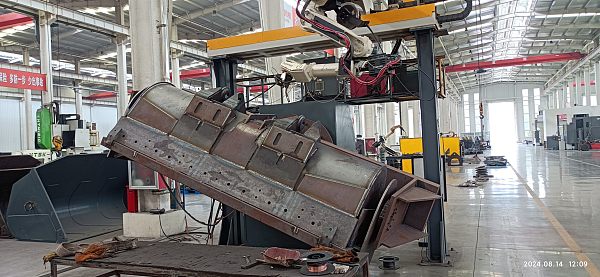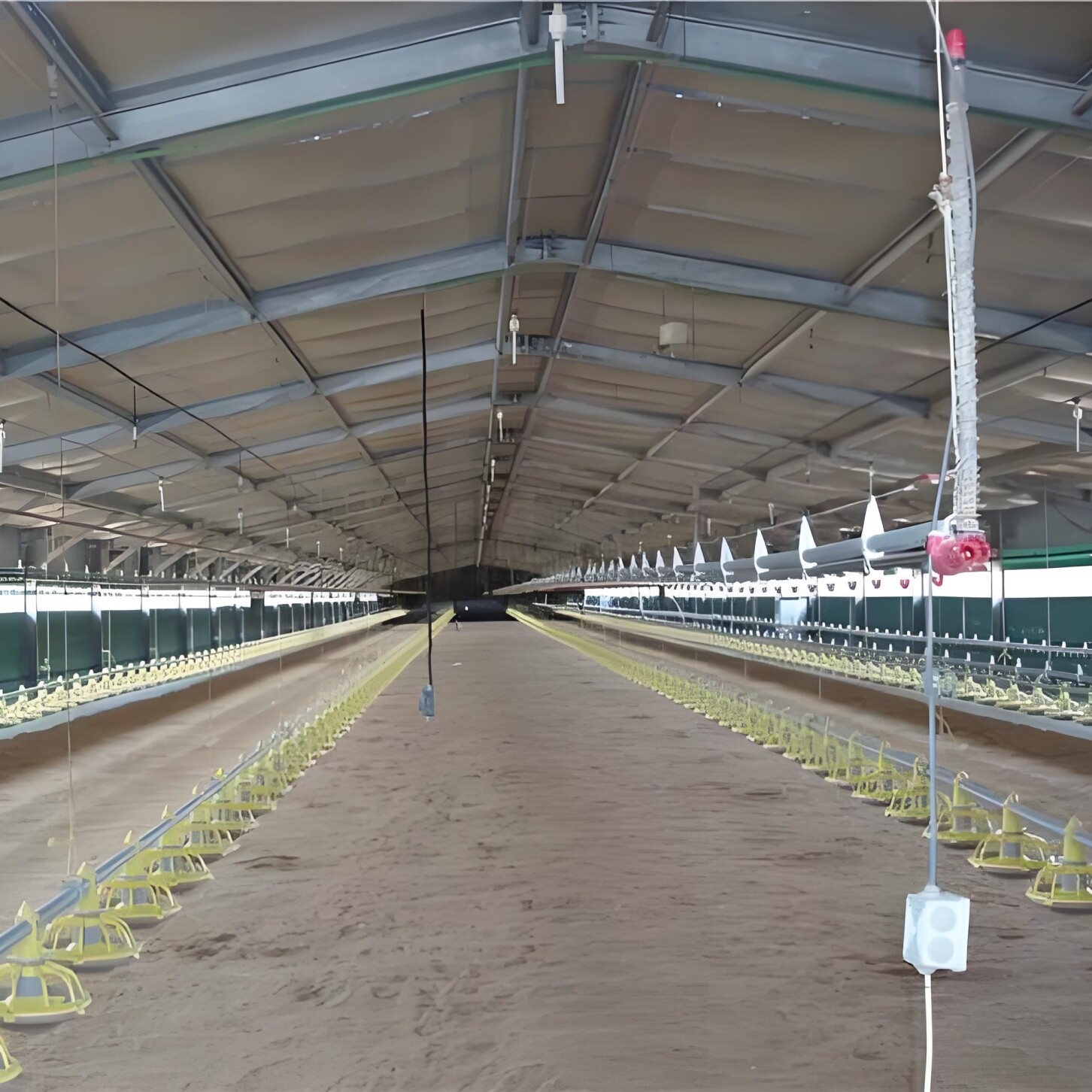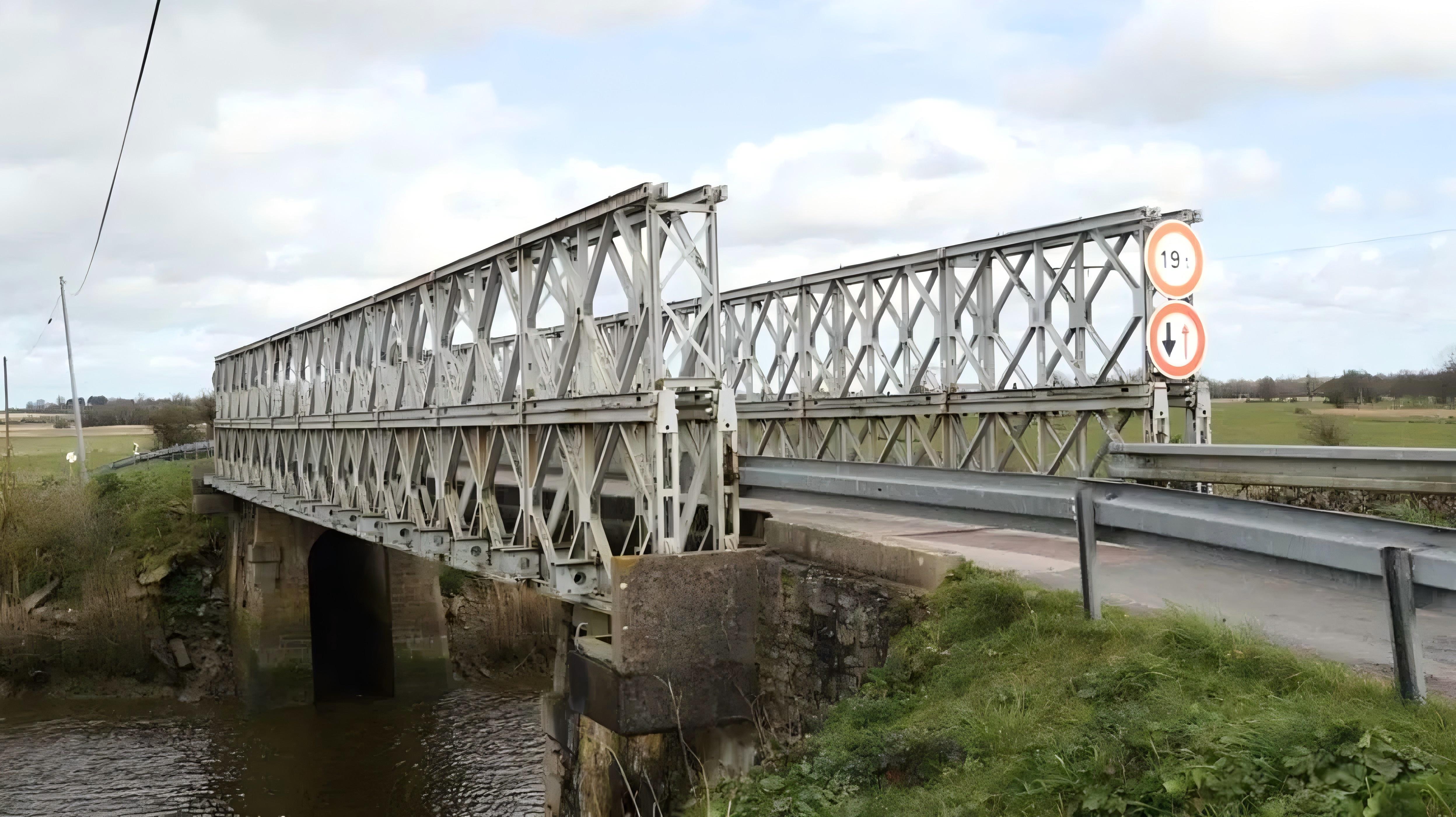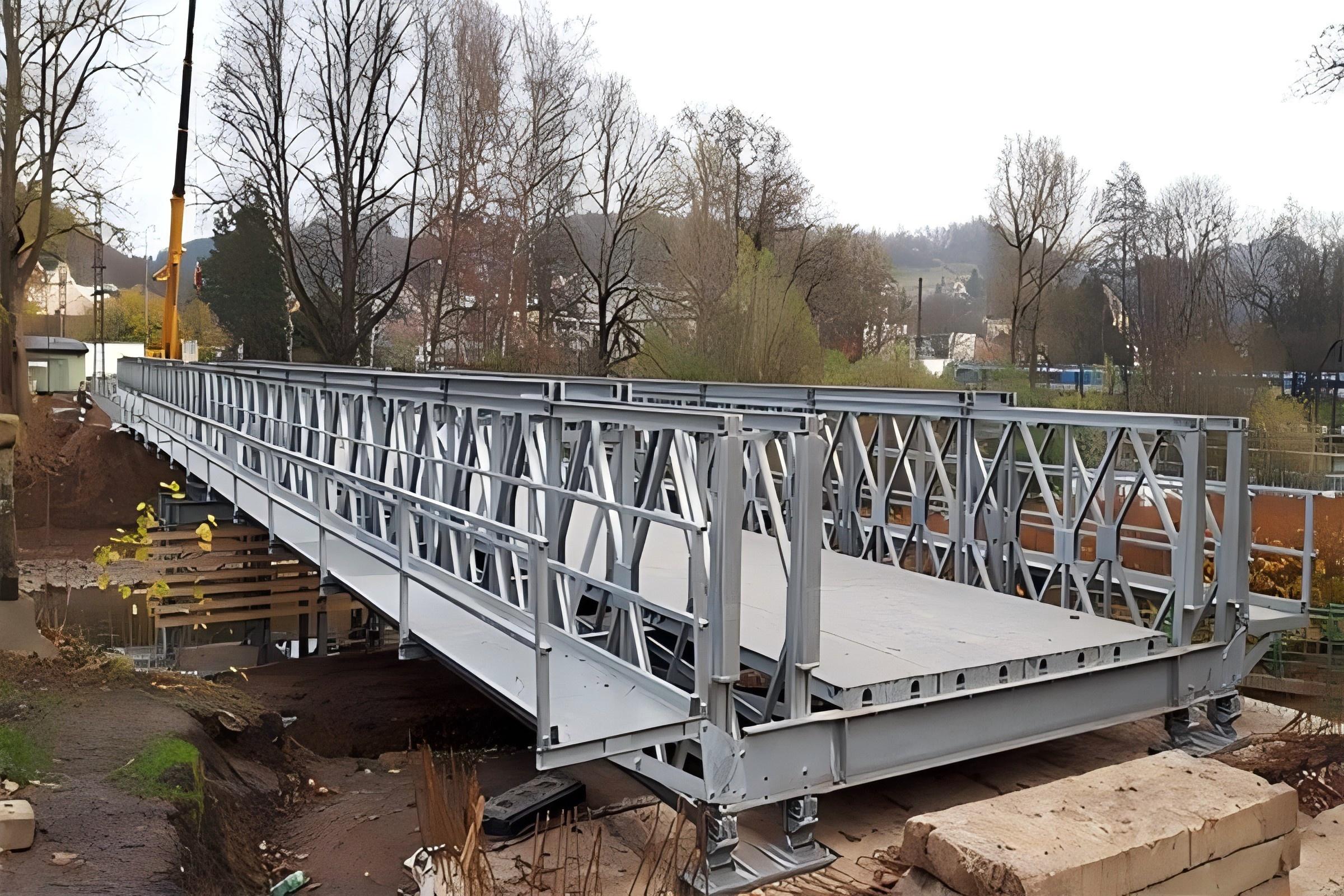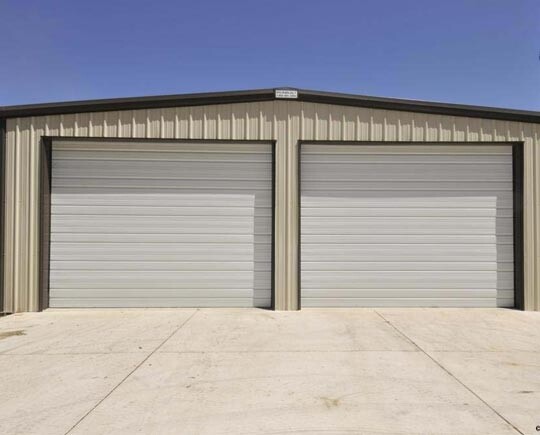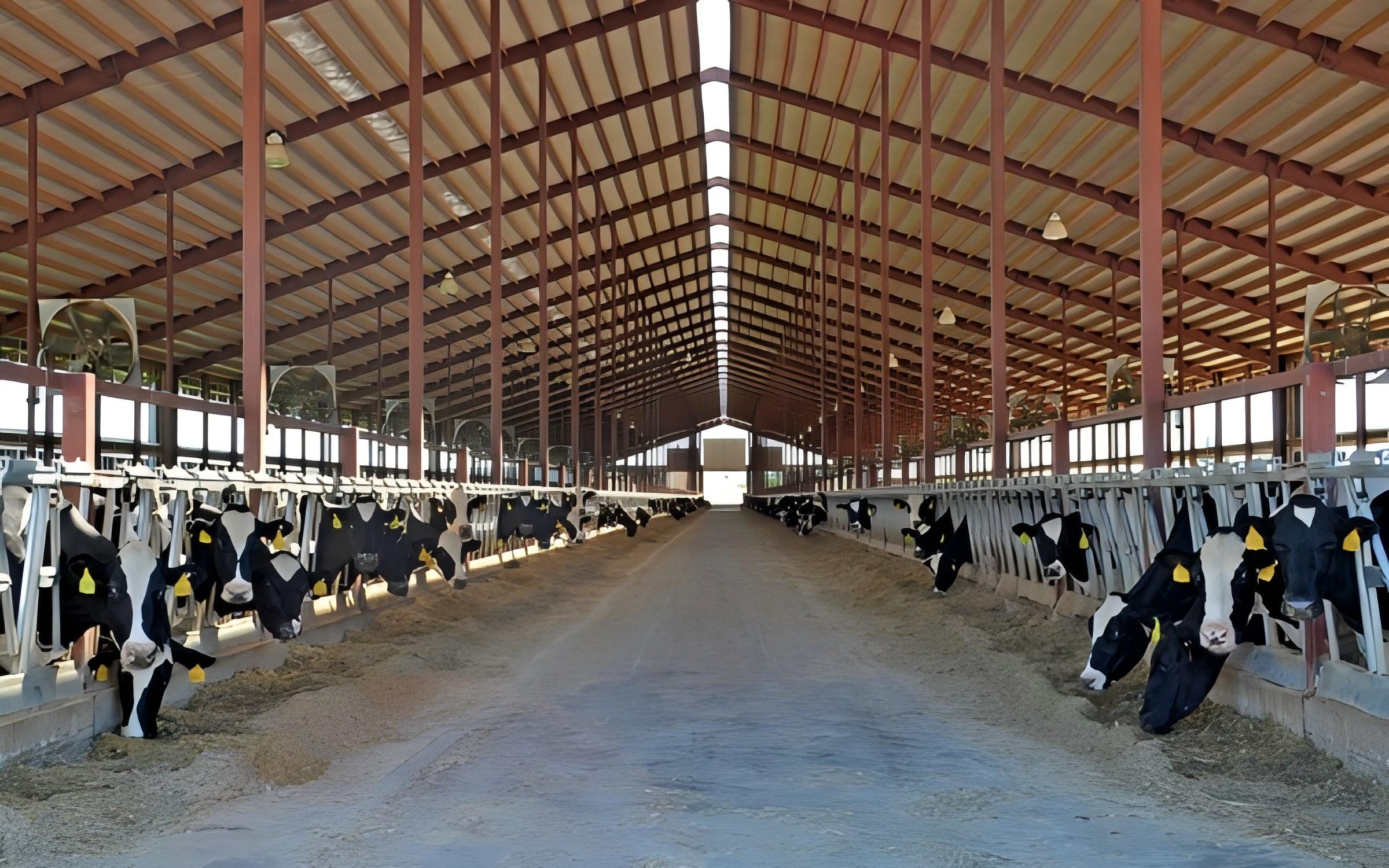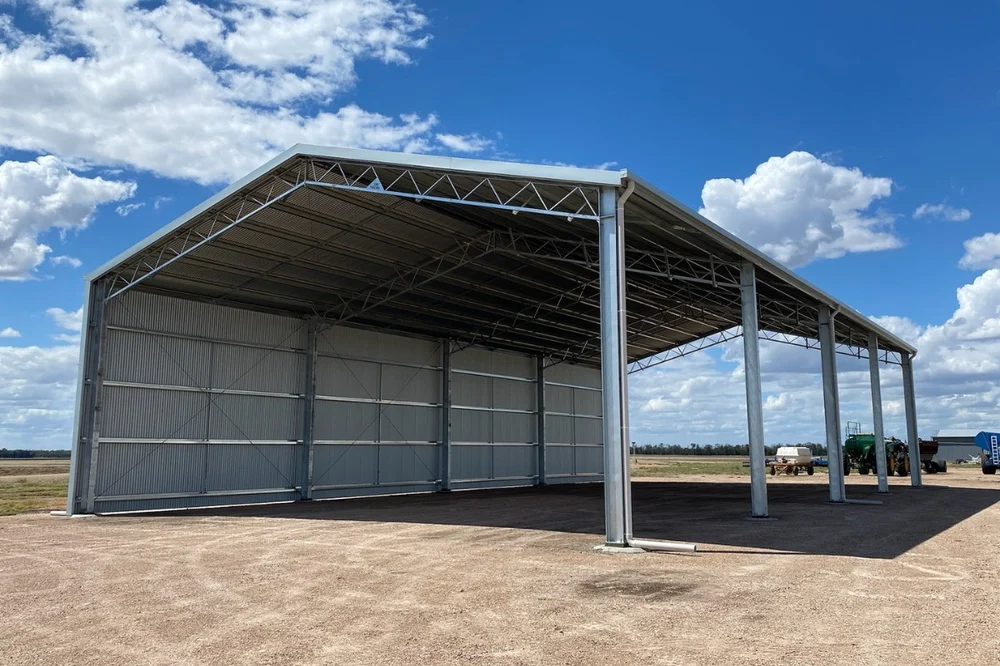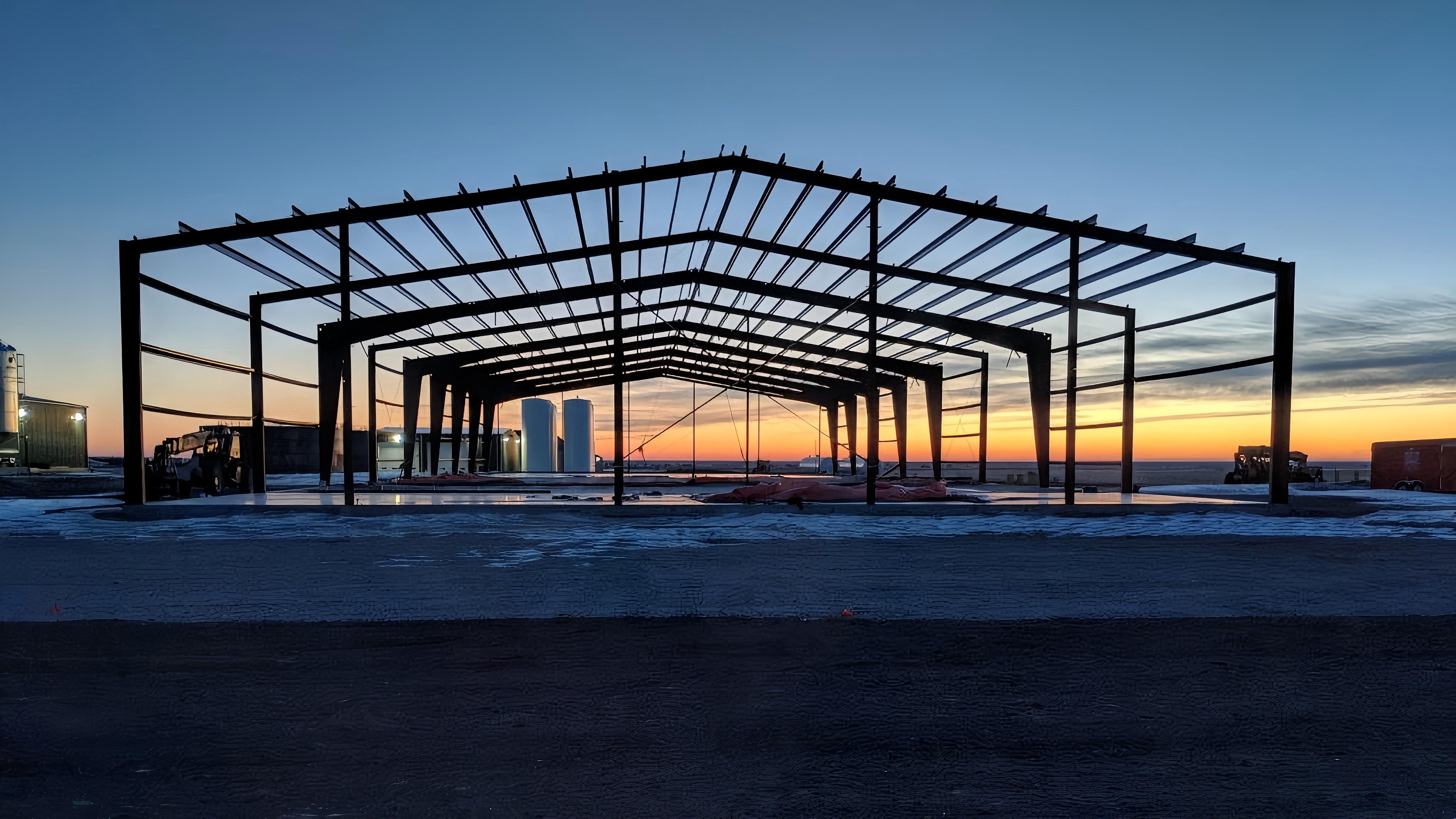- PRODUCT CENTER -
Leave A Message
Product Parameters

Offshore steel structures play an essential role in the exploration and extraction of offshore oil and natural gas reserves. The rise in global oil prices in 2008 led to an increase in offshore construction projects. An offshore structure is a hybrid of steel structure design and port design and construction.
The earliest offshore structures were built of wood; the first known offshore oil drilling structure was built in 1887 near Santa Barbara, California. This structure was a simple wooden pier equipped with a drilling ring for drilling vertical wells into the seafloor. Later developments included more complex designs supported by wooden pilings, such as those in Caddo Lake, Louisiana (1911) and Maracaibo, Venezuela (1927). Over time, researchers realized that the lifespan of these early projects in lakes and oceans was limited due to attack by marine organisms.
There are various applications for offshore structures, such as offshore vessels, drilling platforms (bridges, booms, decks, accommodations, process skids), Ro-Ro ramps, casting heads, pontoons, Dolphins, gangways, and subsea structures.
Offshore structures
Offshore vessels perform operational functions such as oil exploration and deepwater construction work. They not only engage in oil exploration and drilling, but also provide the necessary supplies to drilling and construction units located in the deep sea.
There are four main groups of offshore vessels:
Oil exploration and drilling vessels
Offshore support vessels
Offshore production vessels
Special-purpose/construction vessels
Historically, offshore vessels were specifically designed to support the offshore oil and gas industry in the 1950s. This marked the birth of the "workboat" industry. Over the years, there have been several advanced innovations in offshore vessels. Several factors come into play in the construction of offshore vessels. The first is the primary material used, which is steel. Second, there is the design, which depends on the location of use, for example, if it is an oil exploration vessel, which includes drillships, jackups, semi-submersibles, offshore barges, and floating platforms.
Each vessel has a specific design tailored to operational needs. At this point, we turn to the mathematical calculations developed by engineers to determine the optimal fleet size and vessel composition, as well as the routes and weekly schedules for offshore facility maintenance. These are just some of the construction descriptions; of course, there are more detailed and complex phases that require expertise in naval architecture and marine engineering.
pontoons
Offshore structures contain complex facilities used to extract oil and gas from the Earth's crust.
Some of the components are:
Bridges: These are the routes for personnel and equipment to transfer materials and facilitate communication between different parts of the offshore facility. There are interfaces, such as electrical, instrumentation, and piping, between one platform and another.
Support booms: These are used in oil spill response operations to contain and divert oil from sensitive areas. They can also be part of lifting and handling systems.
Decks: This is the flat surface on top of the structure, where most structures are located. This is where the drilling area, processing facilities, and living quarters are located.
Living quarters: This is where the crew lives. There are living quarters, mess halls, recreational facilities, and sometimes even medical facilities.
Process skids: These are pre-assembled units equipped with a process system or part of it. They are often used in the oil and gas industry for easier and lighter installation and operation. These may include oil and gas separation systems, water treatment, chemical injection, etc.
Packaging and Transportation
Instruments and Equipment
FAQ
Q: How can I get a quote for my project?
Q: How long can I get the price?
Q: Can we visit your factory?
Q: Do you provide customized product services?
Q: Where is the loading port?
Q: How to package the product?
Q: What if I have no import experience?
Q: Can you provide on-site installation service?
Q: How long is the delivery time?
Q: What is your payment terms?
Q: How can I place an order if my trial order does not reach your MOQ?
Q: How do you control product quality?
Contact Us
RELATED PRODUCTS
TOUCH WITH US

